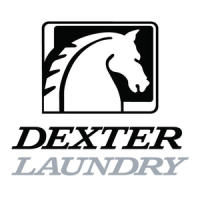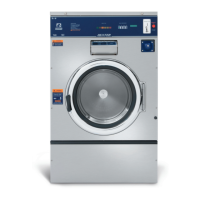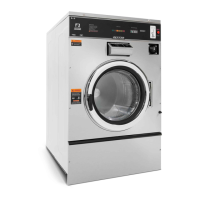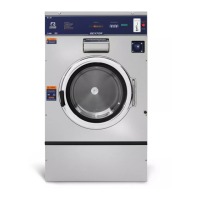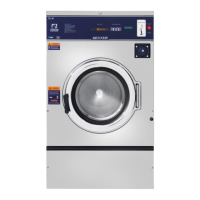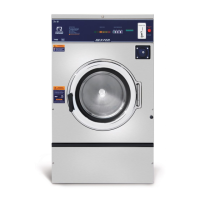Why Dexter Laundry T600 Washer machine does not start?
- DDustin HernandezNov 22, 2025
If your Dexter Laundry Washer doesn't start, here's what to check: * **Power Supply:** Ensure circuit breakers are on, check the voltage, power leads, and connections. See if the front display LED shows a dollar amount. * **Door Switch:** Verify continuity through the door switch when the door is closed. Adjust or replace the switch if there's no continuity. * **Control Breaker or Fuse:** Check the 1.5 amp breaker or fuse (2.5 amp for T-950 and T-1200 models) for continuity; replace if needed. * **Control Transformer:** Check the voltage output from the control transformer for 120VAC; replace the transformer if the voltage is incorrect. * **Coin Acceptor:** Inspect the coin acceptor for blockages or damage; clean or replace it. * **PCB Board:** Check all wire connections for s...
